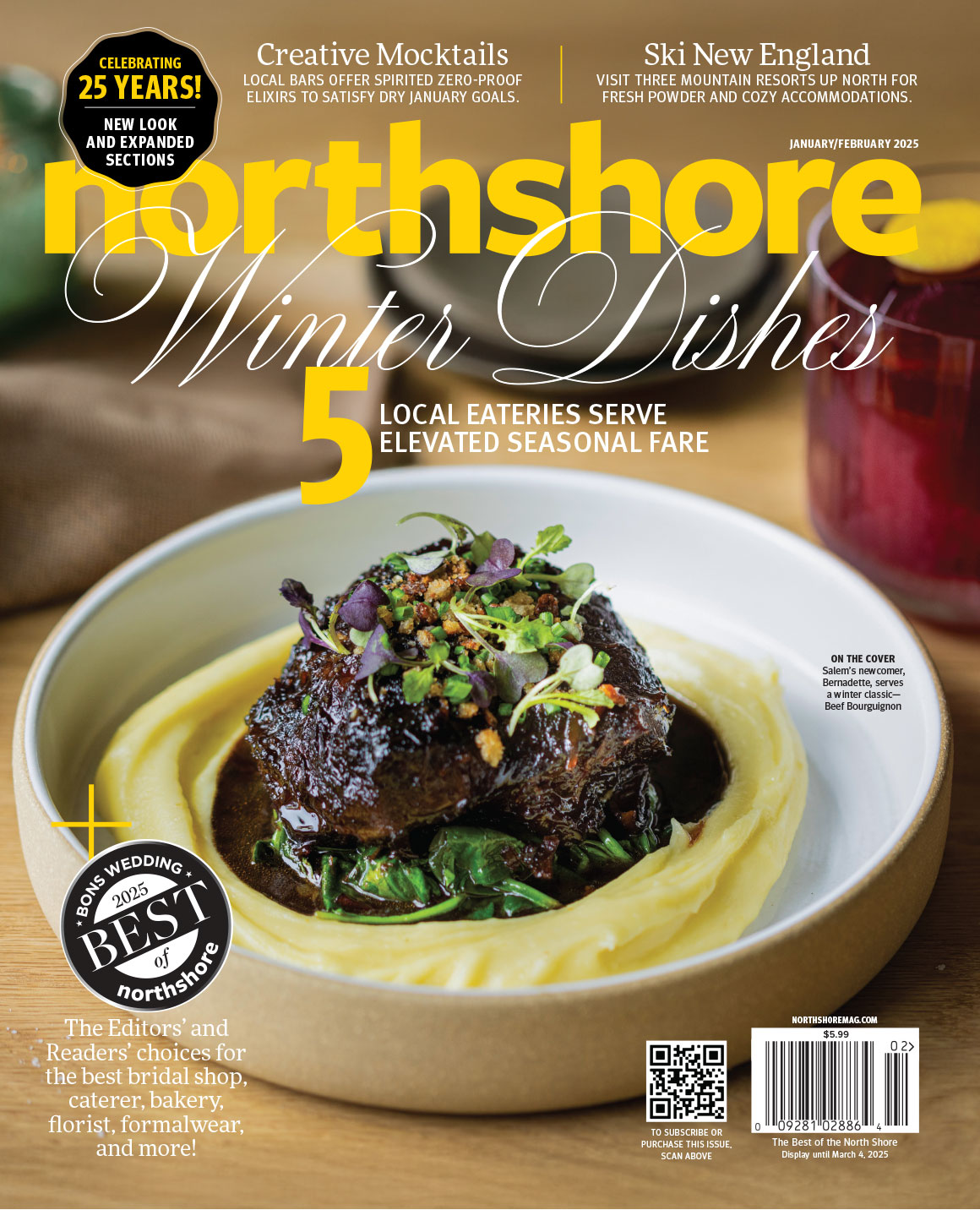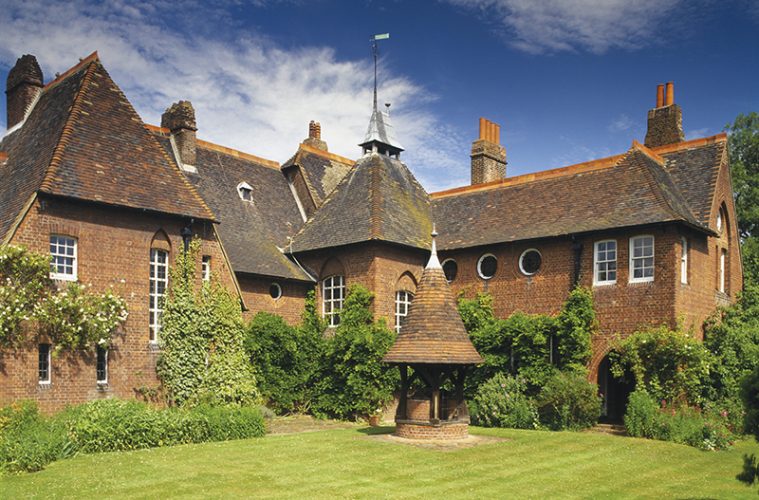When the arts and crafts movement arrived in New England, sweeping away ornate Victorian building traditions, its expression was different than in the rest of the country. Here, the turn of the 20th century did not result in vast swaths of bungalows; New England architects did not look to reformers like Gustav Stickley and Irving Gill for their design inspiration. Instead, they looked east and modeled their new buildings after a medieval English tradition.
Maureen Meister of Winchester explains this and more in her new book: Arts & Crafts Architecture in New England. She profiles the 12 architects who formed the Society of Arts and Crafts in Boston in 1897 and, with color and black-and-white photography, shows us examples of their work, including some in Salem, Beverly Farms, and Manchester-by-the-Sea. Building on her 2003 biography of H. Langford Warren, the book establishes her as the area’s premier authority on the architectural expression of Arts and Crafts in New England. Yet, her career began with the study of Victorian buildings.
An art history major at Brown who had studied architectural history, Meister moved to Winchester with her husband after being encouraged to apply for a seat on the local historic commission.
“I became fascinated by researching the architecture of my own town,” she recalls. She was deep into the study of buildings of the Victorian period when she met another Winchester resident, the grandson of the partner of H. Langford Warren, one of the 12 founders of the Society of Arts and Crafts and the founder of Harvard’s architectural program.
“I was immediately excited because this was an important link to our knowledge of our history. The project fell into my lap; obviously I had to write that book. But even as I wrote about Warren, I knew there was a bigger subject in the story of New England Arts and Crafts architecture.”
In her new book she shows that while the Arts and Crafts–era architects of New England solidly endorsed the stylistic past, dismissing Beaux Arts as “overornamented” and Art Nouveau as mere novelty, they were thoroughly contemporary when it came to technology and often used new 20th-century building materials like stucco, concrete, and steel.
“At first, they tried to revive medieval building practices, holding ‘mutually helpful relations’ with craftsmen as one of their principal tenets,” Meister says. “But they were practical as well as open to new ways of doing things. Many clients were attracted to concrete because of fire concerns, and architects moved to concrete because casting it is so much cheaper than carving stone.”
Especially interesting is the way Meister connects the influence of important Boston thinkers like Ralph Waldo Emerson, Charles Eliot Norton, and Louis D. Brandeis to the kinds of buildings erected in New England during and after the Arts and Crafts movement.
The book has garnered considerable interest, and she has lectured as far afield as Chicago’s Glessner House. For scholars of New England architecture, Maureen Meister’s book is invaluable; for residents of the area, it is a wonderful guide to our physical environment.

